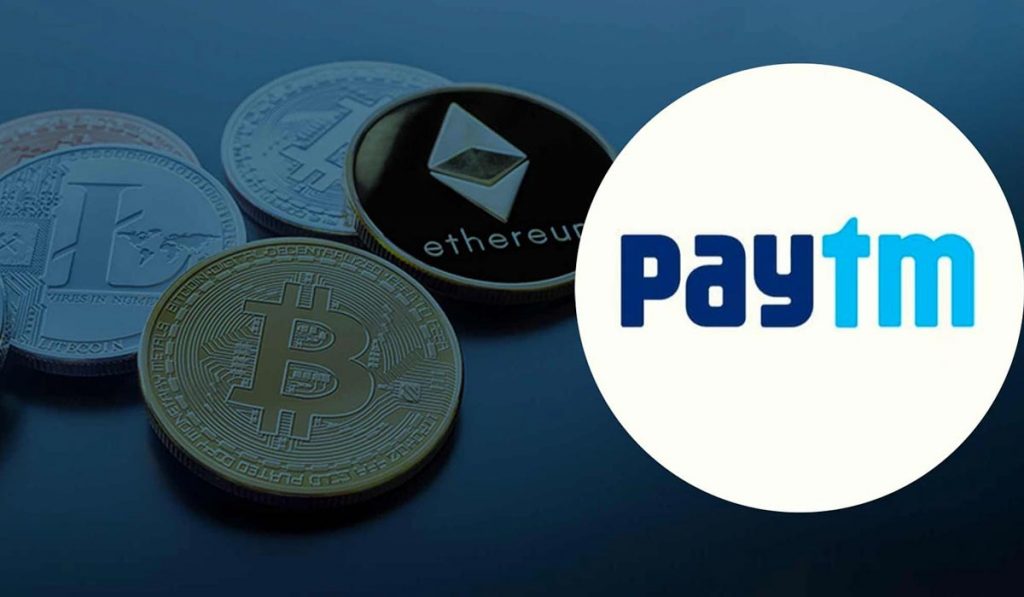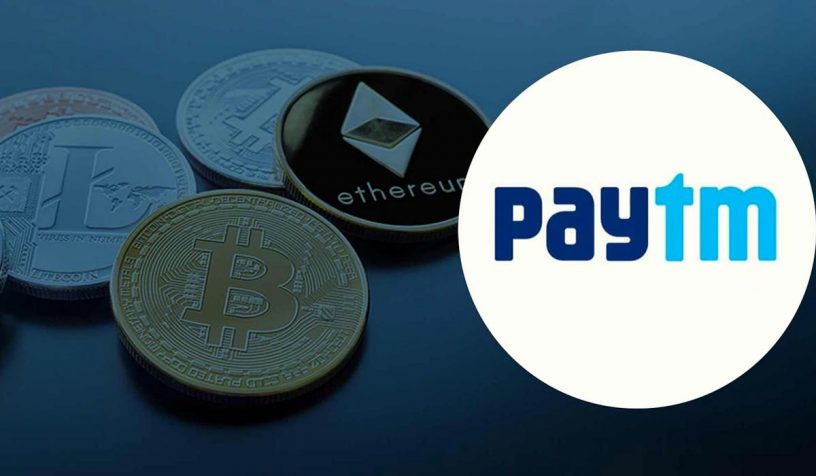
High-income groups are betting big on volatile assets, while low-income groups remain uncertain about their own future in a pandemic-hit economy.
Author
Deepanshu Mohan, Associate Professor and Director at the Centre for New Economics Studies, Jindal School of Liberal Arts and Humanities, O.P. Jindal Global University, Sonipat, Haryana, India.
Summary
While the forecasting models of most Indian macroeconomists, who tried to assess the COVID-19 pandemic’s impact on growth and predict the pattern of each affected nation’s economic recovery (i.e. being V-shaped or U-shaped) last year, failed on consistency, there is one trend following an unswerving pattern across India and the world – a steep rise in asset and stock prices.
Corporate earnings and profitability have been high for most listed companies, even when ‘real wages’ (incomes adjusted for inflation) have remained woefully low. Large-scale enterprises have scaled up their business investments, while smaller firms have struggled to thrive in a supply-demand constrained, pandemic-hit economy.
Zomato vs Paytm
For those in need of raising capital, most Indian enterprises have now been turning to ‘debt market’ for funds. Equity issuances during 2020-21 amounted to Rs 1.7 trillion, 23.7 per cent higher than their year-ago level of Rs 1.4 trillion. This growth, however, was dominated by a single equity issue of Rs 531 billion by Reliance Industries. This was the largest rights issue India has ever seen. A bulk of funds mobilisation through the primary capital market in 2020-21 also happened through debt instruments. Issuances of debentures peaked at Rs 8.6 trillion during the year. These were 31.6 per cent higher than debentures issued in 2019-20, of the order of Rs 6.5 trillion.
Published in: The Quint
To read the full article, please click here


